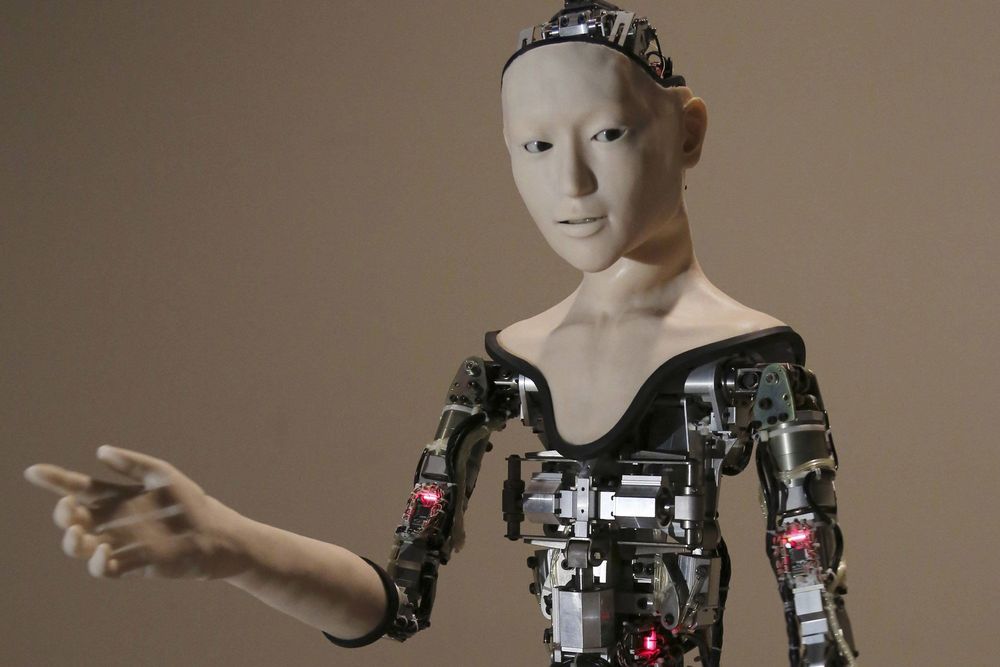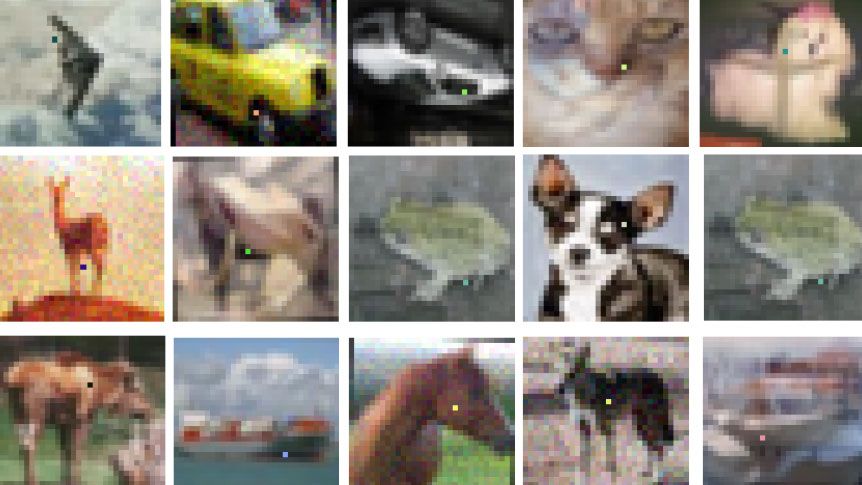“Artificial intelligence will never get jokes like humans do.”
WASHINGTON (AP) — A robot walks into a bar. It goes CLANG.
Alexa and Siri can tell jokes mined from a humor database, but they just don’t get them.
Linguists and computer scientists say this is something to consider on April Fools’ Day: Humor is what makes humans special. When people try to teach machines what’s funny, the results are at times laughable but not quite in the way intended.






